- Great Learning
- Free Courses
- It & Software
Earn a certificate & get recognized
Data Structure & Algorithms in Java for Intermediate Level
Learn all about Data Structures and Algorithms in Java, time complexity, recursion, sorting & more.
Data Structure & Algorithms in Java for Intermediate Level
17.4K+ learners enrolled so far
Stand out with an industry-recognized certificate
10,000+ certificates claimed, get yours today!
Get noticed by top recruiters
Share on professional channels
Globally recognised
Land your dream job

Skills you will gain
Data Structures
Recursion
Bubble Sort
Quick Sort
Insertion Sort
Merge Sort
+1 More
Key Highlights
Get free course content
Master in-demand skills & tools
Test your skills with quizzes
About this course
In this Data Structures and Algorithms in Java course, you will learn what data structures are, the need for data structure, the concept of recursion with examples, and the Tower of Hanoi problem. You will also learn about algorithms using Java, the Time Complexity of the algorithm, the need for sorting algorithms, different types of sorting algorithms, such as Bubble Sort, Quick Sort, Merge Sort, and Insertion Sort.
Great Learning and several well-established universities across India have formed a collaboration to design numerous courses in the Software Development domain. Apply to the top-rated Software Development Online Courses in India to develop advanced software development skills and become a professional software developer. On successful completion of the course, you will be awarded an Advanced, Postgraduate, or Degree Certification in the software engineering online course.
Course outline
What is Data Structure?
A data structure is a method of arranging data to be used effectively. This module focuses on introducing you to Data Structures.
Importance of Data Structure
Data Structures are the backbone of any programming language. This module explains the significance of Data Structures.
Introduction to Algorithm
This module introduces you to the algorithm and its role in coding.
Time Complexity
Time Complexity represents the number of times a statement gets executed. This module explains time and space complexity, and you will learn to find algorithms' time and space complexity.
Additional Example of Time Complexity
This module gives you a better understanding of time complexity with the help of the code example.
Importance of Recursion
This module explains the importance of recursion in programming languages.
What is Recursion?
Recursion is a technique in which a function calls itself one or more times in its code. This module helps you understand recursion in detail.
Example of Recursion
Examples are the best way to understand any concept. Thus, this module consists of examples of recursion that will help you understand it better.
Steps to Create Recursive Function
To learn and execute recursion, you must be thorough with the steps involved. This module addresses the steps involved in creating recursive functions.
Recursive Function Examples
This module has examples of recursion that explains termination condition, business logic, and the recursive call steps to help you understand recursion better.
Recursion in Tree
This module explains what recursion is and how it works in the context of a tree.
Internal Mechanism of Recursion
It is essential to understand the internal mechanism of recursion as it is one of the significant concepts of programming languages. This module focuses on the internal mechanism of recursion and explains it with the help of a stack example.
Assignment Solutions
This module contains solutions for the various recursion problems that address their time complexity.
Tower of Hanoi
Tower of Hanoi is a mathematical puzzle or a game that will help you understand the stack and recursion concept. This module aims at familiarizing you with the recursion through the Tower of Hanoi concept.
Tower of Hanoi Example
This module helps you understand the Tower of Hanoi concept better by explaining the concept with the help of an example.
Need for Sorting Algorithm
Sorting algorithms are considered a significant part of programming. Before getting started with sorting algorithms, it is crucial to understand their need and this module focuses on addressing their importance.
Types of Sorting Algorithm
This module familiarizes you with the various types of sorting algorithms present.
Bubble Sort
Bubble sort is a simple sorting algorithm that repeatedly steps through the list to be sorted. This module explains bubble sort and its algorithm in detail.
Quick Sort
Quick sort is a sorting algorithm that uses a partitioning step to divide an array into subarrays, followed by a sorting step to sort the subarrays. This module explains the quick sort, time complexity, and algorithm with an example and demonstration.
Merge Sort
A merge sort is a sorting algorithm that sorts items by dividing them into two groups, sorting each group, and then merging the groups back together. This module explains the merge sort, time complexity, and algorithm with an example and demonstration.
Insertion Sort
Insertion sort is a sorting algorithm in which each element is inserted into its correct position in a sorted array. This module explains insertion sort, time complexity, and algorithm with an example and demonstration.
Get access to the complete curriculum once you enroll in the course
Stand out with an industry-recognized certificate
10,000+ certificates claimed, get yours today!
Get noticed by top recruiters
Share on professional channels
Globally recognised
Land your dream job

Data Structure & Algorithms in Java for Intermediate Level

6.0 Hours
Intermediate
17.4K+ learners enrolled so far
Get free course content
Master in-demand skills & tools
Test your skills with quizzes
Level up with advanced skills & become job ready with Pro+
Subscribe to Pro+ today to build skills with 50+ Pro courses and prep for jobs with advanced AI tools.
.png)
Applied Data Structures & Algorithms in Java

Practice exercises

Guided Projects

AI Resume Builder

AI mock interviews
Get course + certificate with Pro+ subscription
Learner reviews of the Free Courses
Frequently Asked Questions
Will I receive a certificate upon completing this free course?
Is this course free?
What is a data structure algorithm?
A data structure is an effective way in which data can be stored on a computer. The data structure is termed as a specialized format that has a named storage location where we can easily organize, process, retrieve, and store data.
An algorithm is a set of instructions, or you can say it is a step-by-step process that involves the instructions for solving logical and mathematical problems.
Can I use Java for data structures?
Yes, we can use Java for data structures because when you use Java, you will optimize your data structure for better performance.
Is Java good for data structures and algorithms?
We all know that data structures and algorithms are never language-specific, or you can say that they are not dependent on any language. It is good to use Java for data structure because Java API provides built-in support for common data structures. You don't need to implement these data structures on your own you can directly use them in your program by using Java API.
How do you code data structures in Java?
You can code for data structures in Java by using arrays, linked lists, stacks, queues, heaps, etc.
What are the prerequisites for Data Structures and Algorithms in Java course?
All you need to know is before enrolling in Data Structures and Algorithms in Java course:
-
Depth and breadth
-
Basics of Java
-
Basic knowledge about data structure and algorithm
Become a Skilled Professional with Pro Courses
Gain work-ready skills with guided projects, top faculty and AI tools, all at an affordable price.


View Course

Included with Pro+ Subscription

View Course

Included with Pro+ Subscription
.jpg)
View Course

Included with Pro+ Subscription


View Course

Included with Pro+ Subscription


View Course

Included with Pro+ Subscription

View Course

Included with Pro+ Subscription

View Course

Included with Pro+ Subscription

View Course

Included with Pro+ Subscription


View Course

Included with Pro+ Subscription


View Course

Included with Pro+ Subscription


View Course

Included with Pro+ Subscription


View Course

Included with Pro+ Subscription


View Course

Included with Pro+ Subscription


.jpg)
View Course

Included with Pro+ Subscription
.png)
View Course

Included with Pro+ Subscription

View Course

Included with Pro+ Subscription

View Course

Included with Pro+ Subscription
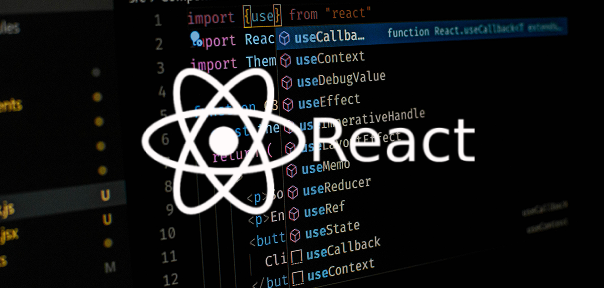
View Course

Included with Pro+ Subscription
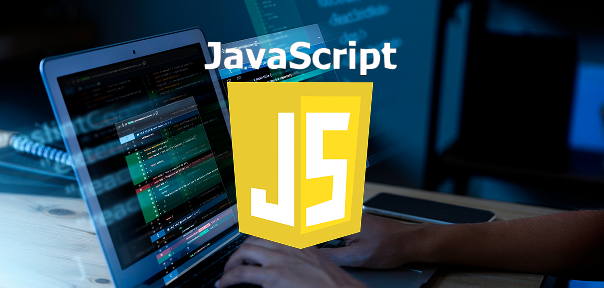
View Course

Included with Pro+ Subscription

View Course

Included with Pro+ Subscription
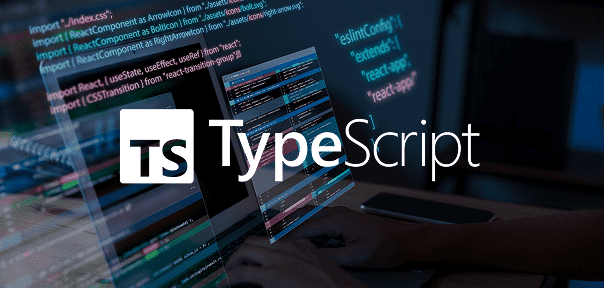
View Course

Included with Pro+ Subscription
.png)
View Course

Included with Pro+ Subscription


View Course

Included with Pro+ Subscription

View Course

Included with Pro+ Subscription

View Course

Included with Pro+ Subscription
.png)
View Course

Included with Pro+ Subscription

View Course

Included with Pro+ Subscription

View Course

Included with Pro+ Subscription

View Course

Included with Pro+ Subscription

View Course

Included with Pro+ Subscription

View Course

Included with Pro+ Subscription

View Course

Included with Pro+ Subscription
.jpg)
View Course

Included with Pro+ Subscription
.jpg)
View Course

Included with Pro+ Subscription
.jpeg)
View Course

Included with Pro+ Subscription
.jpg)
View Course

Included with Pro+ Subscription
.png)
View Course

Included with Pro+ Subscription


View Course

Included with Pro+ Subscription


View Course

Included with Pro+ Subscription


View Course

Included with Pro+ Subscription
.png)
View Course

Included with Pro+ Subscription
.jpg)

.jpg)

.png)

View Course

Included with Pro+ Subscription


View Course

Included with Pro+ Subscription
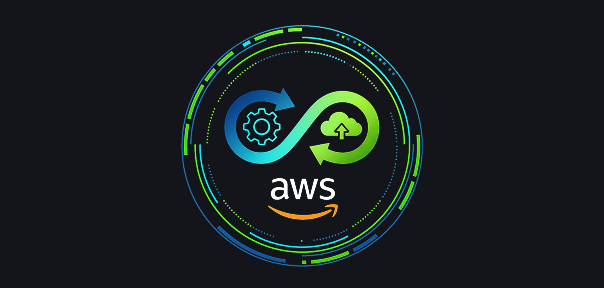
View Course

Included with Pro+ Subscription

View Course

Included with Pro+ Subscription

View Course

Included with Pro+ Subscription
.png)
View Course

Included with Pro+ Subscription
.png)
View Course

Included with Pro+ Subscription
.png)
View Course

Included with Pro+ Subscription

View Course

Included with Pro+ Subscription

View Course

Included with Pro+ Subscription

View Course

Included with Pro+ Subscription
.jpg)
View Course

Included with Pro+ Subscription

View Course

Included with Pro+ Subscription


View Course

Included with Pro+ Subscription


Popular


View Course

Included with Pro+ Subscription

View Course

Included with Pro+ Subscription
.jpg)
View Course

Included with Pro+ Subscription


View Course

Included with Pro+ Subscription


View Course

Included with Pro+ Subscription

View Course

Included with Pro+ Subscription

View Course

Included with Pro+ Subscription

View Course

Included with Pro+ Subscription
Microsoft Courses


View Course

Included with Pro+ Subscription


View Course

Included with Pro+ Subscription


View Course

Included with Pro+ Subscription


View Course

Included with Pro+ Subscription


View Course

Included with Pro+ Subscription


IT & Software
.jpg)
View Course

Included with Pro+ Subscription
.png)
View Course

Included with Pro+ Subscription

View Course

Included with Pro+ Subscription

View Course

Included with Pro+ Subscription

View Course

Included with Pro+ Subscription

View Course

Included with Pro+ Subscription

View Course

Included with Pro+ Subscription

View Course

Included with Pro+ Subscription
.png)
View Course

Included with Pro+ Subscription
.png)
View Course

Included with Pro+ Subscription

View Course

Included with Pro+ Subscription

View Course

Included with Pro+ Subscription

View Course

Included with Pro+ Subscription

View Course

Included with Pro+ Subscription

View Course

Included with Pro+ Subscription


View Course

Included with Pro+ Subscription

View Course

Included with Pro+ Subscription

View Course

Included with Pro+ Subscription


View Course

Included with Pro+ Subscription


View Course

Included with Pro+ Subscription
 (1).png)
View Course

Included with Pro+ Subscription
Data Science & ML


View Course

Included with Pro+ Subscription

View Course

Included with Pro+ Subscription

View Course

Included with Pro+ Subscription
.png)
View Course

Included with Pro+ Subscription

View Course

Included with Pro+ Subscription

View Course

Included with Pro+ Subscription
Management

View Course

Included with Pro+ Subscription

View Course

Included with Pro+ Subscription

View Course

Included with Pro+ Subscription

View Course

Included with Pro+ Subscription
.jpg)
View Course

Included with Pro+ Subscription
.jpg)
View Course

Included with Pro+ Subscription
.jpeg)
View Course

Included with Pro+ Subscription
.jpg)
View Course

Included with Pro+ Subscription
.png)
View Course

Included with Pro+ Subscription
.png)
View Course

Included with Pro+ Subscription
.png)
View Course

Included with Pro+ Subscription
.png)
View Course

Included with Pro+ Subscription

View Course

Included with Pro+ Subscription
.png)
View Course

Included with Pro+ Subscription
 (1).jpg)
View Course

Included with Pro+ Subscription
.png)
View Course

Included with Pro+ Subscription
Cloud Computing


View Course

Included with Pro+ Subscription


View Course

Included with Pro+ Subscription


View Course

Included with Pro+ Subscription
.png)
View Course

Included with Pro+ Subscription
.jpg)

.jpg)

.png)

View Course

Included with Pro+ Subscription


View Course

Included with Pro+ Subscription

View Course

Included with Pro+ Subscription
.png)



.png)

View Course

Included with Pro+ Subscription



Cyber Security

View Course

Included with Pro+ Subscription

View Course

Included with Pro+ Subscription
.png)
View Course

Included with Pro+ Subscription
.png)
View Course

Included with Pro+ Subscription
.png)
View Course

Included with Pro+ Subscription
AI & Generative AI

View Course

Included with Pro+ Subscription

View Course

Included with Pro+ Subscription

View Course

Included with Pro+ Subscription
.jpg)
View Course

Included with Pro+ Subscription

View Course

Included with Pro+ Subscription


View Course

Included with Pro+ Subscription


Subscribe to Academy Pro+ & get exclusive features
$25/month
No credit card required

Learn from 40+ Pro courses
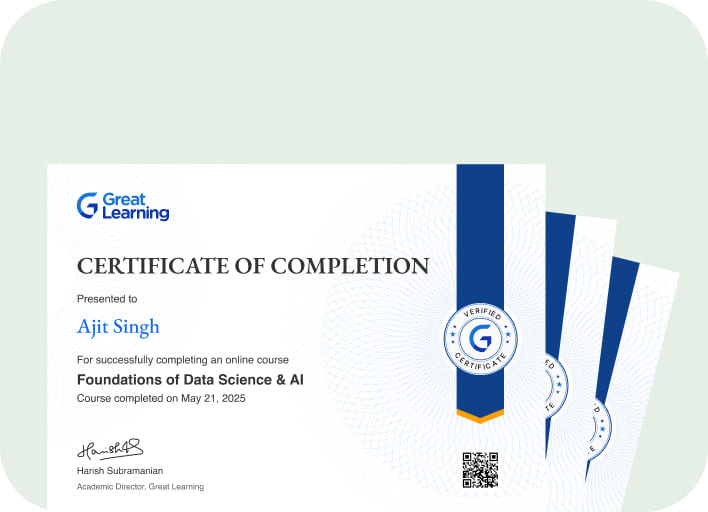
Access 500+ certificates for free
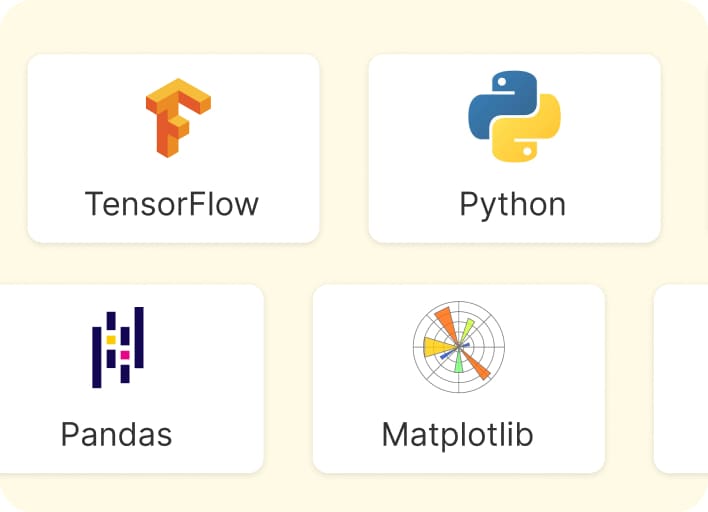
700+ Practice exercises & guided projects
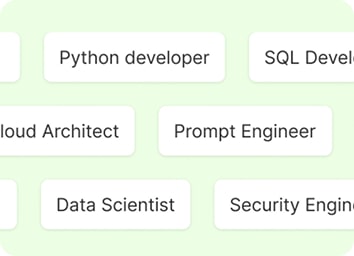
Prep with AI mock interviews & resume builder
Recommended Free Software courses

.jpg)



Similar courses you might like
.jpg)









